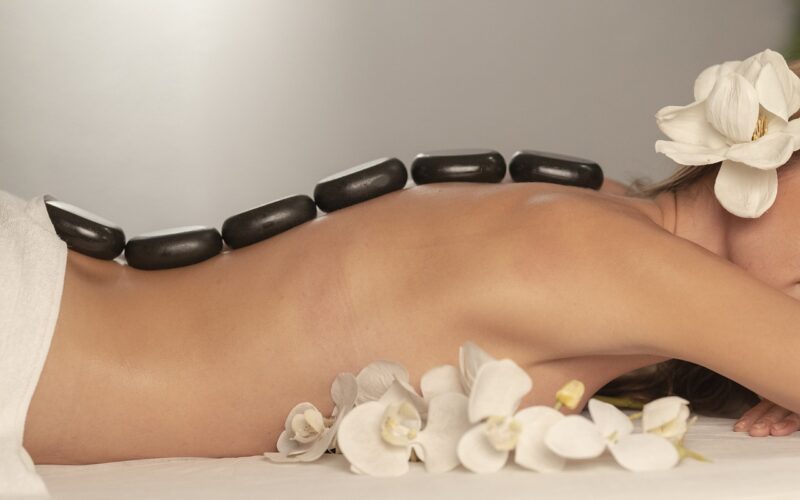Milia are small cysts similar to pimples or whiteheads. While most frequently seen among newborns, they can occur at any age and skin type.
Milia can subside on its own within months; however, in adults they can remain for several weeks or even several years.
Home remedies may help prevent milia from reappearing, such as regular cleansing with gentle soap and exfoliating. It is best to leave their removal to professionals.
Primary milia
Milialar in newborns usually develop congenitally and appear on either the gum margin (Bohn nodules) or midline palate (Epstein pearls), usually within one month after birth. Milia are benign transient subepidermal keratin cysts that fade on their own without treatment or scarring, often disappearing on their own within one month of life – though in older children and adults milia may form spontaneously, or be associated with blistering skin diseases such as porphyria cutanea tarda or epidermolysis bullosa; trauma treatments or procedures such as laser treatments or skin grafting.
Milia are typically caused by dead skin clogging pores and not being expelled naturally, though heavy cream use around the eyes may trigger them. Steroid cream use may increase their incidence. Other causes of milia include medications, herpes infections and burns – dermatologists can typically diagnose milia by its appearance on lesions.
Secondary milia
Milia develop when dead skin cells clog pores and harden. Although typically harmless, they may become cosmetically unacceptable over time and should eventually resolve themselves on their own.
Milia are small bumps on the skin that occur randomly in people of all ages; they are most prevalent among middle aged adults. Milia may also result from an injury, burn, blistering skin conditions, chemical peels, or long-term use of topical steroids; occasionally they form as part of another disease such as pseudoxanthoma elasticum, discoid lupus erythematosus or lichen planus.
At first, it may be tempting to pop milia cysts like pimples. But this can lead to scarring. Instead, visit your physician or dermatologist for safe removal of them – they may recommend over-the-counter adapalene gel or prescription tretinoin cream as treatments, surgical puncturing, or cryotherapy (freezing off). They could even refer you for more specialized care from dermatologists.
Milia en plaque
Milia en plaque are benign superficial keratinous cysts composed of keratin that form as multiple pearly-white lesions within the skin. Most often seen on newborns’ faces and cheeks, these lesions may result from blocked pilosebaceous or eccrine sweat gland ducts and are commonly seen around their eyes and cheeks. Thought to originate due to plugging of pilosebaceous or eccrine sweat gland ducts. While they often heal spontaneously over weeks or months if medication or trauma causes them or their appearance may also play a part.
Milia en plaque can be very irritating, yet treatment usually is not required. Scratching and picking at bumps may lead to infection and scarring; home remedies include using warm compresses, applying apple cider vinegar topically or taking oral minocycline (a tetracycline antibiotic). Other surgical options available for mila en plaque treatment are curettage and cryotherapy procedures which involve numbing the area before scraping away cysts with needle or blade.
Treatment
Most cases of milia are self-limiting and will eventually clear up within weeks or months without any symptomatic distress or scarring, making picking or popping an effective way of treating them unnecessary and may lead to scarring and infection.
Maintaining good skin hygiene requires exfoliation with over-the-counter products containing salicylic acid, alpha hydroxy acids or retinoids on a regular basis; it is also important not to overdo it with chemical peels that could irritate and worsen milia symptoms.
Milia en plaque usually occurs as multiple cysts in an inflamed patch of skin on the face, chest or upper arms. They can either appear spontaneously or be associated with an underlying disease such as pseudoxanthoma elasticum, discoid lupus erythematosus or lichen planus; alternatively they could have occurred following injury or following use of certain topical medications; such cysts can usually be treated using either antibiotics such as tetracycline antibiotics or prescription retinoid medications.

